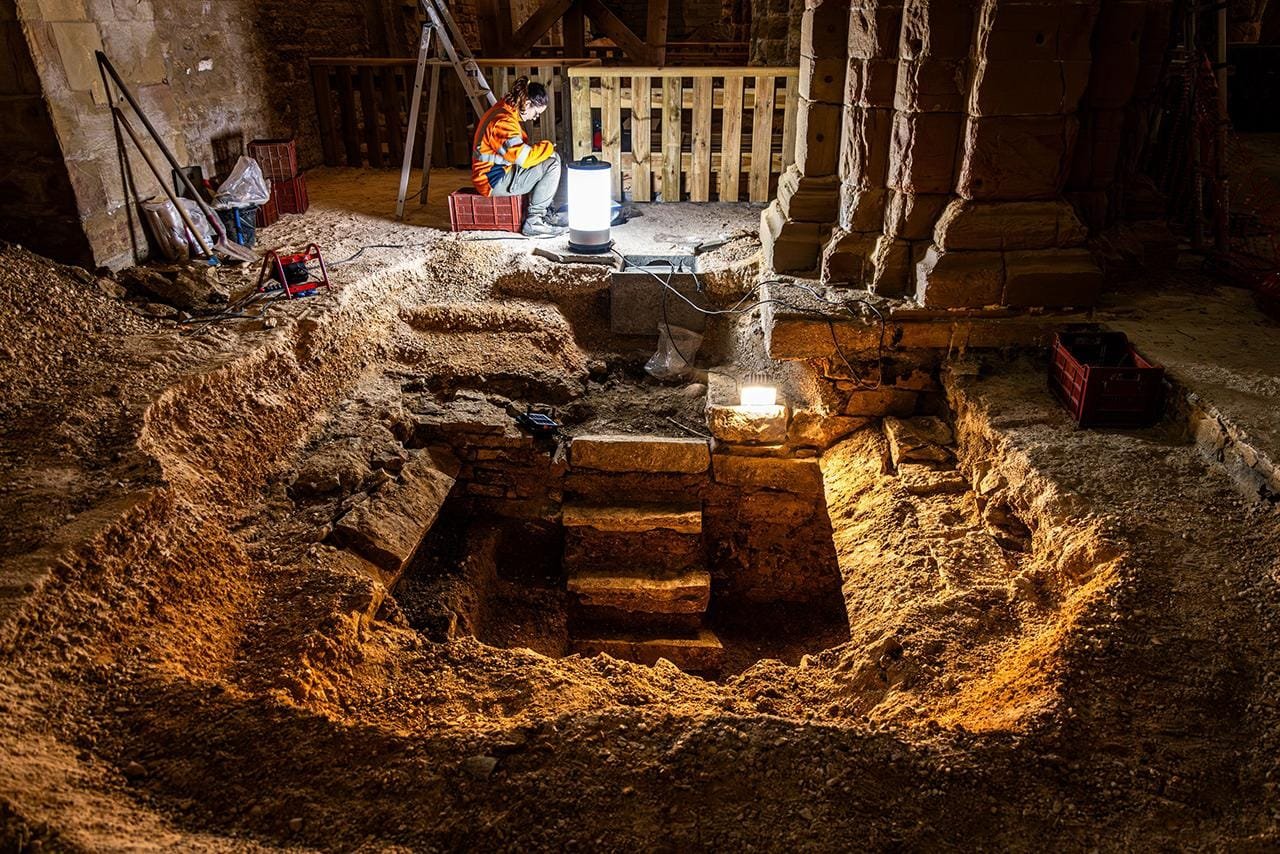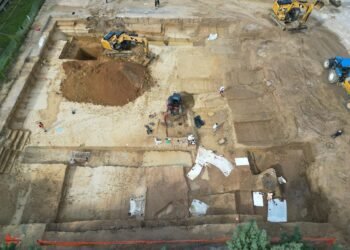Recent archaeological excavations at the Church of Saint-Philibert in Dijon, France, have revealed a complex stratification of history stretching from the Roman Empire to modern times. Conducted by the National Institute for Preventive Archaeological Research (Inrap) and led by archaeologists Clarisse Couderc and Carole Fossurier, the findings shed light on the site’s architectural evolution and its role as a burial center over the centuries.

Located on Rue Michelet near the Saint-Bénigne Cathedral, the Church of Saint-Philibert is a Romanesque masterpiece founded in the late 12th century. Over time, the church underwent significant modifications, including a 15th-century porch, a 16th-century spire, and 18th-century chapels. Despite its grandeur, the structure has suffered from centuries of deterioration, exacerbated by salt storage during the 18th and 19th centuries and a heated concrete slab installed in the 1970s. These interventions caused salt to ascend through capillary action, leading to cracking and fragility in the stones.
The site has long served as a burial ground, with graves from different periods reflecting the region’s evolving cultural and religious practices. In the nave, archaeologists uncovered burials dating from the 14th to 18th centuries. These graves, aligned east-west, typically contained adults wrapped in shrouds, with minimal offerings such as coins or rosaries. In the transept, a 15th-16th century ossuary revealed a practice of reorganizing older remains to accommodate new burials.

Beneath these levels, the team found slab tombs from the 11th-13th centuries, linked to an earlier church discovered during excavations in 1923. Even deeper, walls built in opus spicatum—a herringbone masonry technique from the Early Middle Ages—indicated the presence of a 10th-century church. This earlier structure, possibly the northwest corner of a sacred building, offers rare insight into ecclesiastical architecture of the time.

One of the most extraordinary discoveries is a collection of sarcophagi dating to Late Antiquity and the Merovingian period (6th-8th centuries). These include intricately sculpted examples, suggesting the burial of elites. Positioned within now-vanished structures, the sarcophagi underline the site’s importance as a religious and funerary center during the transition from the Roman world to the Early Middle Ages.
Dedicated to Saint Philibert, a monk and founder of monasteries in the 7th century, the church may symbolize a thread of continuity between the late Roman elite and the Merovingian rulers. Saint Philibert lived during a transformative period when Roman structures gave way to Christianized societies. His legacy, tied to monastic networks and spiritual centers, reflects the enduring influence of Rome’s cultural and administrative frameworks.

While the archaeological findings provide invaluable insights, the Church of Saint-Philibert faces significant preservation challenges. Efforts are ongoing to mitigate salt damage and protect the fragile stones.
More information: Inrap

























